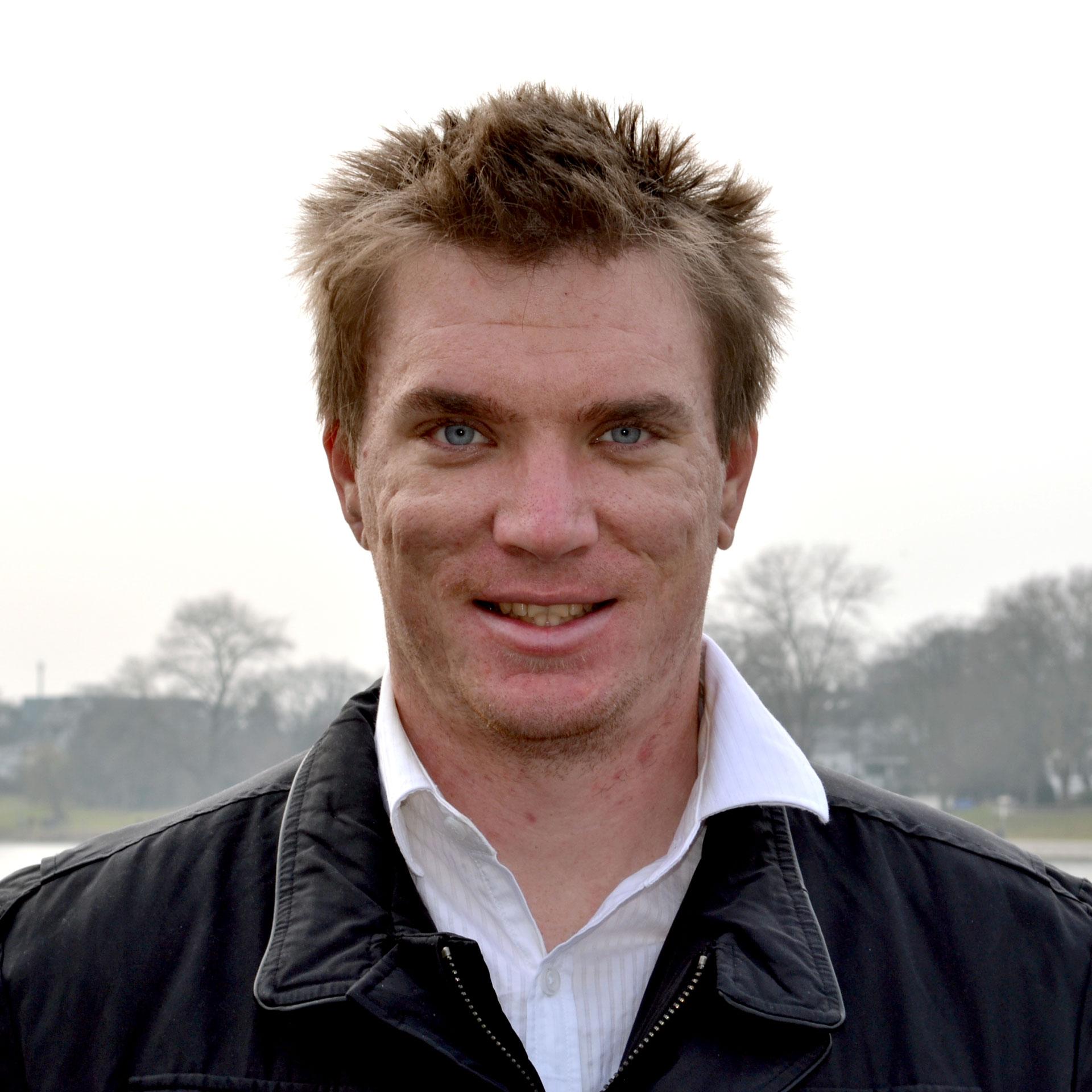Light driven degradation of persistent organic pollutants
Scientists are seeking students to undertake an environmental remediation project which will develop skills in inorganic synthesis, light initiated reactions, liquid and gas chromatography, electron microscopy, x-ray diffraction and analytical chemistry.
Persistent organic pollutants (POPs) can cause cancer and birth defects in humans and are destructive to animal and aquatic lifeforms.1
POPs are by-products of some agricultural and industrial processes and do not degrade naturally due to their strong chemical bonds (e.g. C-Cl, C-F) which are resistant to chemical- and bio-degradation. Example POPs are shown below in in Figure 1.
Furthermore, POPs are mobile in the environment with the ability to move around the globe via waterways and in the atmosphere which has led to POPs accumulating worldwide.2
The concentration of POPs measured in humans,3 including in Australia,4 is increasing with adverse health affects (growth, reproduction) with direct correlation to POP content reported with mounting evidence.3
There is a need to develop methods and processes for effective degradation of POPs to mitigate their emerging health and environmental effects. Research projects in this field will focus on the synthesis of new photocatalytic materials with designed electronic band structure to break C-Cl or C-F bonds (which are present in all POPs). Materials of interest are titanium and tantalum based perovskites such as SrTiO3 and NaTa2O3.
Recent insights in photocatalysis have discovered that significant improvement in photocatalytic efficiency is possible with metal ion doping of semiconductors and this may prove to be critical in the efficient degradation of POPs.
A final aspect of this research is the translation of research to commercial application and photocatalytic processes and reactors will be developed with close ties to industry to degrade pollutants relevant to Australia (Figure 1).
This environmental remediation project will develop skills in inorganic synthesis, light initiated reactions, liquid and gas chromatography, electron microscopy, x-ray diffraction and analytical chemistry.
References
Study honours in chemistry
Sunlight is the most abundant energy source on Earth yet it is still underutilised in chemical synthesis. Photocatalysis is the key to unlock the potential of light in a range of applications.
My research creates, optimises and tests new photocatalytic materials for environmentally relevant applications such as the destruction of pollutants or the generation of renewable fuels.

Supervisor
Research area: Advanced photocatalytic materials for environmental and renewable energy applications
Department of Chemistry, School of Physical Sciences
Recommended honours enrolment: Honours in Chemistry

